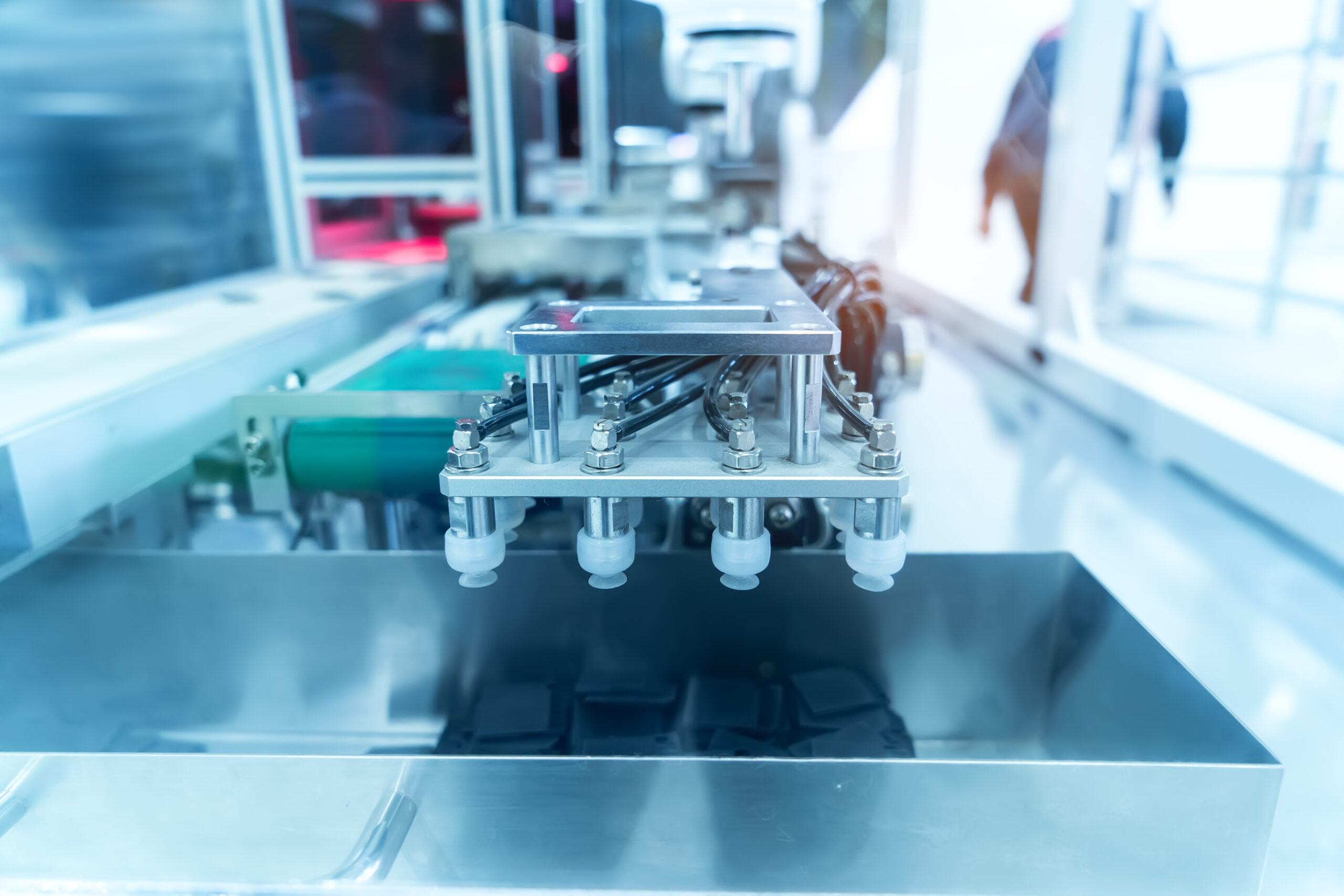Two crucial steps in medical device development are process validation and design validation. While often used interchangeably, these terms actually represent distinct phases in the development lifecycle, each with its own significance and objectives. In this blog, we’ll discuss the nuances between process validation and design validation, shedding light on their roles and importance in the realm of medical devices.
Process validation is the systematic and documented process of confirming that a particular process consistently produces a product that meets its predetermined specifications and quality attributes. In simpler terms, it’s about ensuring that the manufacturing or production process itself is reliable and capable of consistently producing safe and effective medical devices.
Key Components of validating a process include:
- Establishing Parameters: This involves defining and documenting critical process parameters such as temperature, pressure, time, and materials used.
- Verification and Monitoring: Once parameters are established, the next step is to verify and monitor them during production to ensure they remain within predefined limits.
- Documentation and Reporting: Detailed documentation of the validation process, including protocols, reports, and any deviations encountered, is crucial for compliance and future reference.
- Statistical Analysis: Statistical tools and methods are often employed to analyze process data and ensure consistency and reliability.
On the other hand, design validation focuses on confirming that the medical device meets the user needs and intended uses. It’s about evaluating the final product to ensure it performs as intended in its intended environment of use. Design validation confirms that the device specifications conform to user requirements and that it operates safely and effectively within the anticipated clinical setting.
Key Components of validating design include:
- User Requirements Verification: This step involves confirming that the device meets the specified user needs and intended uses. It’s about ensuring that the device functions in real-world scenarios as expected by the end-users.
- Testing and Evaluation: Design validation typically involves a series of tests, simulations, and evaluations to verify the device’s performance under various conditions.
- Risk Assessment: Assessing and mitigating risks associated with device use is a critical aspect of design validation. It involves identifying potential hazards and implementing measures to minimize associated risks.
- Regulatory Compliance: Ensuring compliance with relevant regulatory standards and requirements is essential for design validation. It ensures that the device meets the necessary safety and performance standards mandated by regulatory bodies.
While validating a process and validating a design are two distinct processes, they are interconnected and complementary. A robust manufacturing process is fundamental to producing consistent and reliable medical devices, but without thorough design validation, even the most well-established process may fail to deliver a product that meets user needs and expectations.
In the landscape of medical device development, validation play pivotal roles in ensuring product quality, safety, and efficacy. If you need help with process or design validation, let EMMA International’s experts help! Call us at 248-987-4497 or email info@emmainternational.com to get in touch with our team today.





